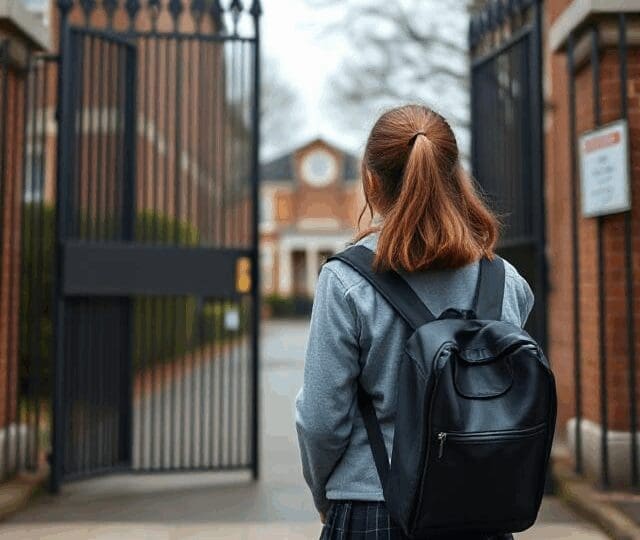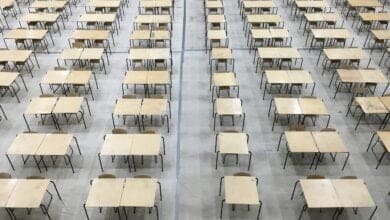School suspensions near one million amid rising exclusions
Pupils eligible for free school meals were found to have markedly higher exclusion rates than their peers

Register to get 1 free article
Reveal the article below by registering for our email newsletter.
Want unlimited access? View Plans
Already have an account? Sign in
Nearly one million suspensions were recorded in state-funded schools in England during the 2023/24 academic year. The total reached 955,000 – a 21% increase from 787,000 the previous year – equating to 1,131 suspensions per 10,000 pupils.
Permanent exclusions also rose, up 16% to 10,900. This corresponds to 13 exclusions per 10,000 pupils.
Persistent disruptive behaviour remained the most common reason for both suspensions and exclusions. It accounted for 51% of suspension reasons and 39% of permanent exclusion reasons, consistent with trends in previous years.
Suspensions increased across all types of school:
- Primary: up 24% to 104,800
- Secondary: up 21% to 829,900
- Special: up 21% to 20,300
The rate of suspensions rose from 9.33 to 11.31 per 100 pupils. Numbers peaked in the autumn term, which saw 346,300 cases – the highest of the year.
The number of pupils suspended at least once rose 12% to 341,300. Of these, 100,200 missed the equivalent of more than one school week, while 48,500 missed more than two.
In total, 1,122,400 reasons were recorded for the 955,000 suspensions. Since 2020/21, up to three reasons can be listed per case. The most common were:
- Persistent disruptive behaviour: 569,900 (51%)
- Verbal abuse or threats against an adult: 174,000 (16%)
- Physical assault against a pupil: 141,800 (13%)
Permanent exclusions also rose across all settings:
- Primary: up 22% to 1,500
- Secondary: up 15% to 9,300
- Special: up 3% to 130
Secondary schools accounted for the majority (85%) of permanent exclusions. Although absolute numbers were lower in special schools, the rate (0.08) was higher than in primaries (0.03).
A total of 14,900 reasons were recorded for the 10,900 permanent exclusions. The most frequent were:
- Persistent disruptive behaviour: 5,800 (39%)
- Physical assault against a pupil: 2,300 (16%)
- Physical assault against an adult: 1,900 (12%)
Pupils eligible for free school meals had markedly higher rates than their peers:
- Suspension rate: 27.55 (FSM) vs 5.99 (non-FSM)
- Exclusion rate: 0.33 vs 0.06
Those with special educational needs also faced disproportionately high rates. Pupils receiving SEN support had a suspension rate of 29.43, and an exclusion rate of 0.41. Among those with an education, health and care (EHC) plan, the rates were 25.62 and 0.26, respectively. Pupils without identified SEN had much lower rates – 7.55 for suspensions and 0.08 for exclusions.
By year group, Year 9 had the highest suspension rate at 32.11, followed by Year 10 at 29.87. Year 10 also had the highest exclusion rate at 0.40.
Male pupils were suspended and excluded at higher rates than females – 13.93 (male) vs 8.58 (female).
Responding to the new figures Paul Whiteman, general secretary at school leaders’ union NAHT, said: “Schools have a duty to provide a safe environment for all pupils and only use suspensions and exclusions when other options to ensure this have been exhausted.The reasons for disruptive behaviour often lie beyond the school gates and have their roots in wider challenges including everything from poverty, to access to support with special educational needs and mental ill-health.
“Schools work tirelessly to support pupils, but they alone cannot address the causes and symptoms of poor behaviour. They need back-up in the shape of additional investment in vital services like social care, children’s mental health, behaviour support teams, and special educational needs provision which have been reduced or failed to keep up with demand over the last decade.”







